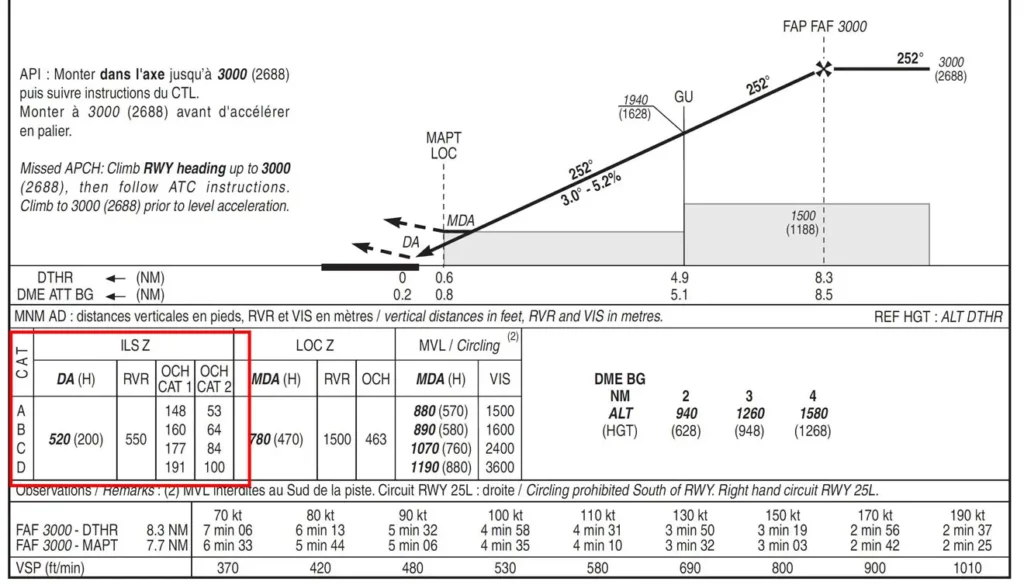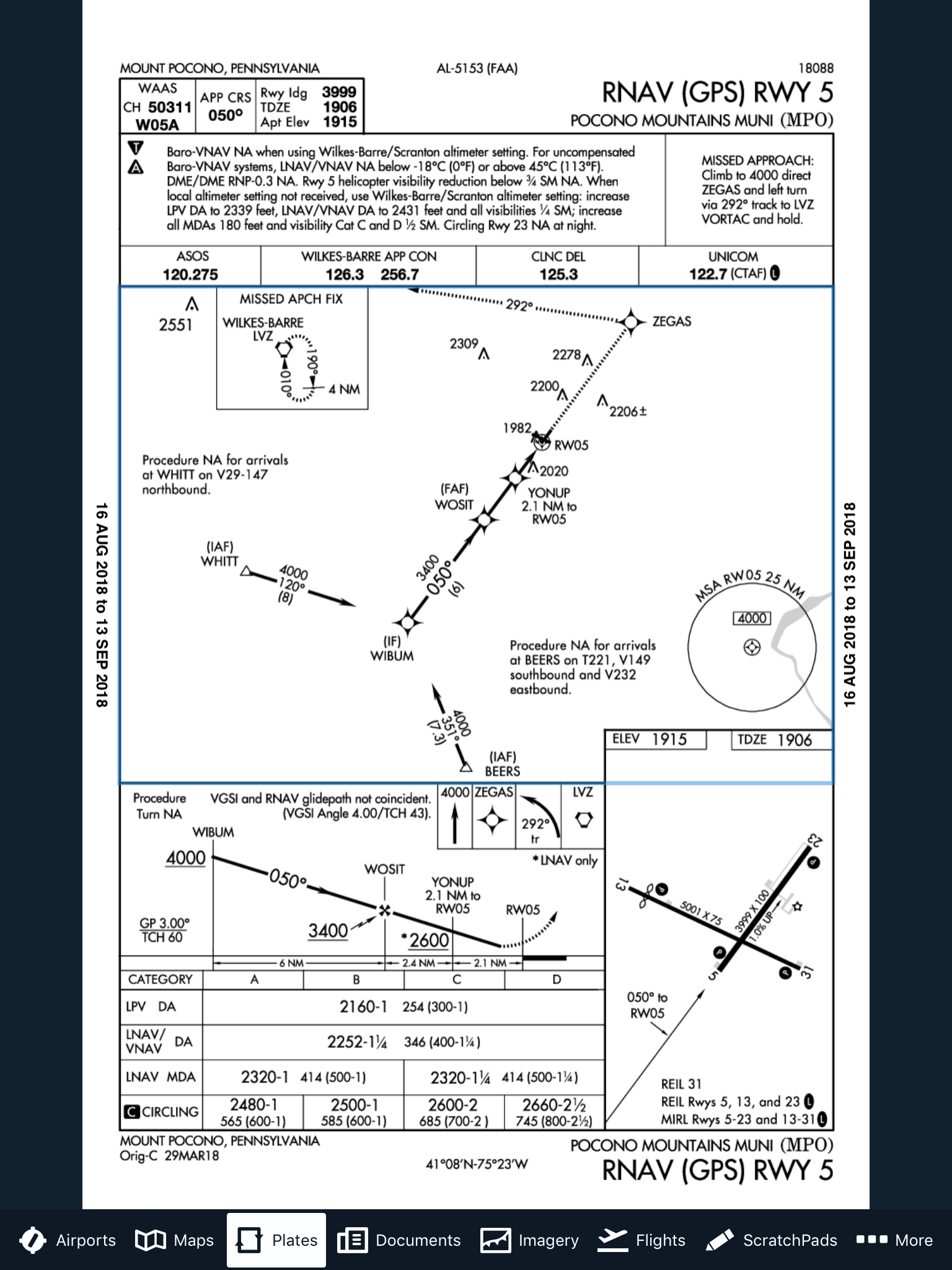The approach phase of any flight is often one of the least fuel efficient of the flight. With slow speeds and long, wavy routes, it’s no wonder why the FAA and airlines want to improve the efficiency before the plane lands. The FAA has actively worked on this problem, especially during the development of NextGen. The new transponders will enable airlines to make shallow, slower turns closer to the airport to save fuel.
By being able to beeline towards the destination, an aircraft is able to forgo wasting fuel on approach patterns. As an added bonus, flight times will also decrease. This procedure must be achieved cautiously due to the risk of midair collisions. In addition, holding patterns and emergency procedures must be adjusted accordingly.

One problem with the implementation of this idea is cost. NextGen transponders are very expensive, and airlines are reluctant to pay the cost. Furthermore, private pilots will seldom ever buy a system like NextGen, and therefore, the FAA is unlikely to issue a nationwide requirement to possess these instruments. Another issue is noise pollution. Airports like SJC already contribute immensely to noise pollution. Consequently, a NextGen system will be a bane of many people’s lives.
While turning closer to the airport may make sense for environmentalists, there remains many drawbacks to this concept. Eventually, the FAA must find a balance between efficiency, cost, and public support.
